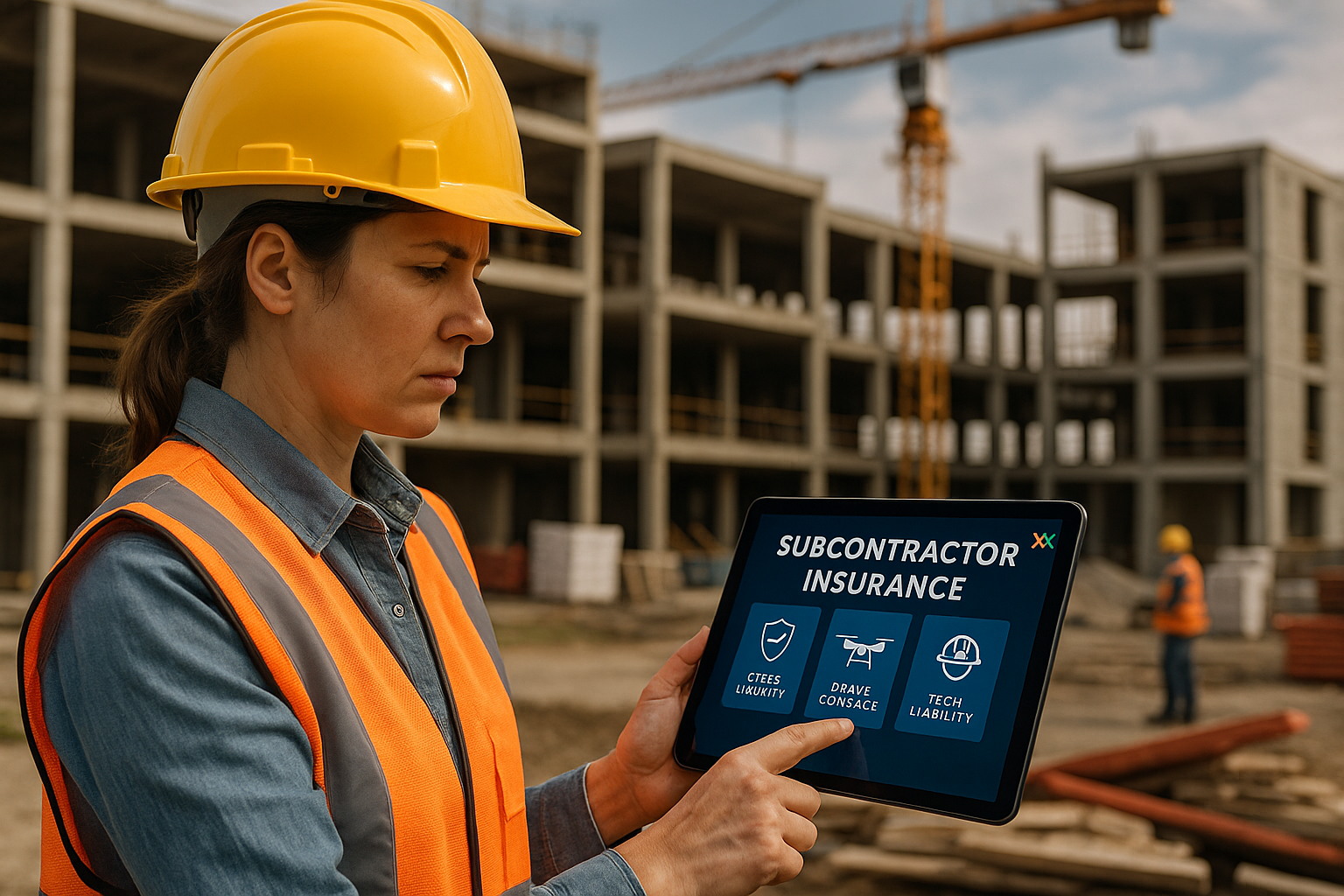Tech Training on the Tools: How Sub Trades Are Leveling Up on Site

In today’s fast-moving construction world, keeping skills sharp is no longer optional—it’s survival. New tools, smarter equipment, and evolving jobsite demands mean crews need to level up, not just once in a while, but continuously. But pulling workers off the site for days of traditional classroom training? That’s not practical anymore.
Enter microlearning and in-field coaching—two strategies helping sub-trades close the knowledge gap without slowing the pace of work. Here’s how smart companies are using these methods to build stronger, faster, and safer crews.
What is Microlearning?
Microlearning is all about delivering short, focused bursts of training right where and when it’s needed. Think five-minute videos, quick demonstrations, or short tool-specific refreshers delivered on the jobsite, not in a conference room.
Instead of overloading workers with information they might not use for months, microlearning keeps new skills fresh, targeted, and immediately applicable.
Example in Action:
A drywall subcontractor introduced a ‘tool tip of the week’ series, delivered via short videos accessible on mobile devices. In just three months, they saw a 12% drop in fastener installation errors—without pulling anyone off the jobsite for formal retraining.
The Power of In-Field Coaching
While microlearning pushes information out, in-field coaching pulls workers into active learning by offering feedback and correction while tasks are happening.
Rather than waiting for mistakes to surface in rework or inspections, foremen and experienced leads walk the job daily, offering on-the-spot guidance to reinforce skills or correct small errors before they turn into big problems.
Example in Action:
A mechanical subcontractor assigned senior journeymen to mentor first-year apprentices directly on the floor. Instead of a weekly performance review, feedback was immediate. The result? Faster ramp-up times, better installation consistency, and a noticeable boost in apprentice confidence.
Strengths of Microlearning and Coaching
Both approaches offer practical, business-friendly advantages:
- Minimal disruption: Training happens inside the normal flow of work, not in a classroom.
- Faster skill absorption: Smaller lessons mean better focus and retention.
- Continuous improvement: Learning doesn’t stop after one session—it builds day by day.
- Stronger team culture: Senior workers take pride in mentoring, and junior workers feel supported.
What to Watch For
As with any strategy, microlearning and coaching need good structure to succeed:
- Consistency matters: Sporadic training efforts won’t deliver results. Make it routine.
- Quality over quantity: A flood of random tips can overwhelm—focus on what’s most needed first.
- Coach the coaches: Not every senior worker is automatically a good mentor. Offer simple guidance on how to teach effectively.
Practical Takeaways for Sub-Trades
Looking to strengthen your crew without slowing them down? Start here:
- Identify priority skills: Focus first on high-impact tasks where mistakes cost time and money.
- Use simple formats: Short videos, quick demos, or checklist reminders work best.
- Empower field leads: Give foremen or senior workers the tools and permission to coach proactively.
- Track improvements: Even basic metrics—like reduced rework or faster inspections—show the value of continuous learning.
Final Thoughts
Today’s construction demands smarter, faster, and more adaptable crews. Microlearning and in-field coaching are two of the most powerful, low-cost ways sub-trades can keep workers sharp without pulling them off the tools.
It’s not about training more. It’s about training smarter—building crews who get better every day, right where the work happens.
*Brought to you by Plexxis Software: Offering software solutions for the construction industry that integrates cloud, mobile and on-premise software to improve and enhance team performance.

Chad Pearson
Sr. Start Team Leader
Share:
New From Plexxis

Beyond the Hard Hat: The Reality of Psychological Safety on the Job

Subcontractor Insurance: Are You Covered for Today’s Digital Risks?

Jobsite Layout Technology: Saving Steps, Time, and Rework

